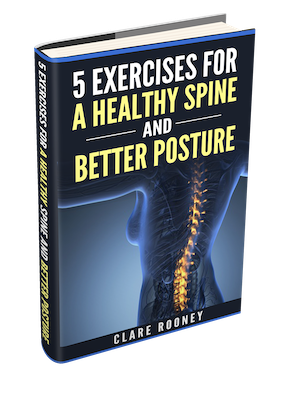Inflammation Nation: Part 2

Inflammation Nation: Part I
January 12, 2016
Responsibility: The Gateway to the Body of Your Dreams.
January 13, 2016
So what do you do if you suspect you are very inflamed or you have had tests done that confirm high levels of inflammation?
- Find out which foods are raising inflammation levels in your body. The best way to do this is with a food sensitivity test.
- Get to bed on time and get a good night’s sleep. People with sleep disturbance have higher levels of inflammation.
- Optimise your body composition through a healthy individualised diet incorporating resistance exercise.
- Avoid over training and excessive aerobic exercise. A 2006 study of 60 participants of the 2004 and 2005 Boston Marathons, found decreased right ventricular systolic function in the runners,( a measure of heart function) caused by an increase in inflammation and a decrease in blood flow. Source: Circulation, 2006. Also Dr. Arthur Siegel, director of Internal Medicine at Harvard’s McLean Hospital, has found that long distance running is correlated with high levels of inflammation which may increase incidences of cardiac events. Source: American Journal of cardiology October 2001.
- Avoid being a couch potato. Moderate exercise has been shown to reduce inflammation.
- Introduce some anti-inflammatory foods to your diet like cherries, curcumin, chilli peppers, garlic, acerola juice, and wild salmon. Just make sure you do not have sensitivity to these foods.
- Develop supportive relationships. A recent study has shown that social rejection leads to increases in inflammatory markers. The study was conducted by Shelley Taylor, PhD, and colleagues at the University of California Los Angeles.
- Make friends with your inner rage! Vent it during an intense weight training session. Boxing and contact martial arts can also be excellent to purge this deep surpressed emotion.
- Avoid foods that promote the formation of Advanced Glycation End products (AGES). AGEs are protein molecules that have essentially become caramelised by sugar. This means the molecule is totally damaged and disease causing. Foods that form AGEs are sugars and foods that turn into sugar like bread, pasta and cereal grains. Highly refined and processed sugars are the worst offenders. A RAGE is a receptor for an Advanced Glycation End product. This receptor is hypothesised to have a causative effect in a range of inflammatory diseases such as diabetic complications and heart disease. Its these AGEs that damage skin and cause wrinkles : “As AGEs accumulate, they damage adjacent proteins in a domino-like fashion,” explains dermatologist Fredric Brandt, MD.
- Get your ratio of omega 6 to omega 3 fats right. Too many omega 6 fats (largely found in vegetable oils and nuts) are pro inflammatory. Omega 3 fats are anti-inflammatory. Modern mad has a ratio of 20; 1 or even 50; 1 of omega 6 to omega 3’s. This is a disaster. The cave man was speculated to have had a one to one ratio. Whatever way you slice it you need to get those vegetable oils out! No more sunflower or canola oil for you! Take a fish oil supplement to help balance your fats.





